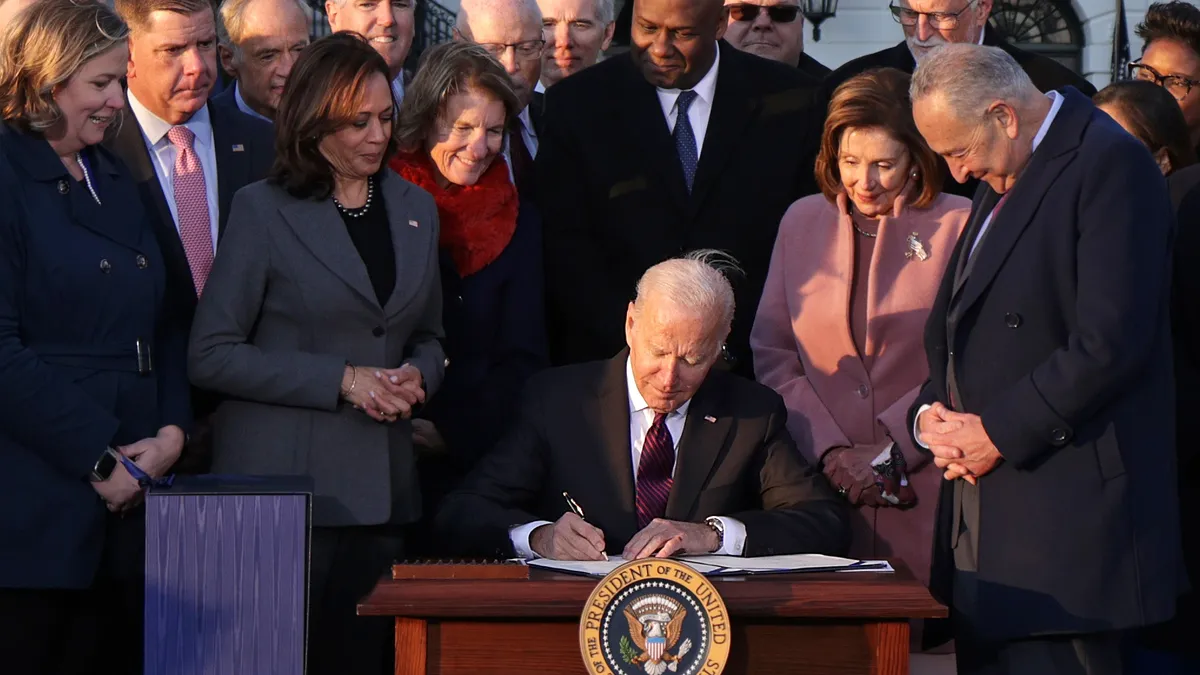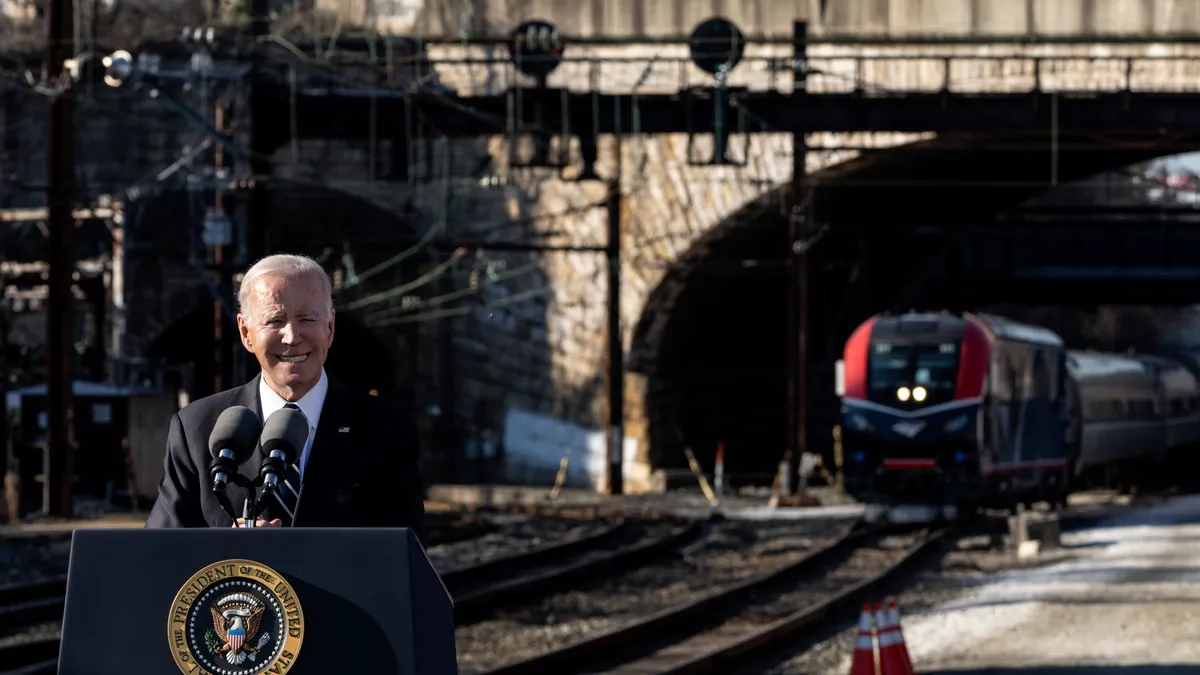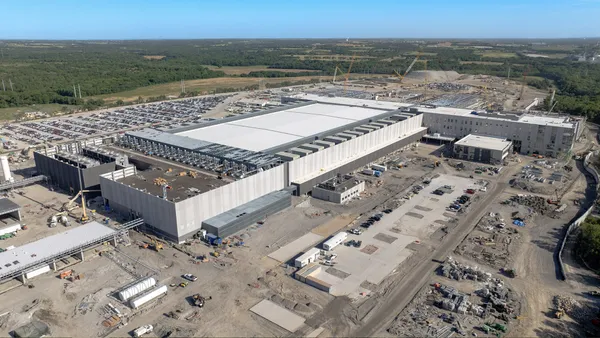Contractors are already taking steps to make sure they're ready for the $1.2 trillion infrastructure package to hit the streets.
According to industry sources, construction pros are both reaching out to local design engineers and municipalities to gauge upcoming projects, while implementing their own technical solutions to be able to hit the ground running when dollars finally materialize. At the same time, they are bracing for an increased strain on construction's existing labor shortage.
"We want to get a sense of where these projects are, how far out they may be from actually being truly shovel ready," said Chad Goodfellow, CEO of Goodfellow Bros., a century old Hawaii-based contractor with experience in heavy civil construction projects. "Then we'll be able to start to position our resources, our people, to create availability to potentially go after a hopeful increase of new construction projects that may be available."
Goodfellow said his team is reaching out to local design engineers and municipalities to get a sense of how their state transportation and infrastructure program may change in regards to the additional funding that will be available through the Infrastructure Investment and Jobs Act.
For example, the Louisiana Department of Transportation and Development will receive nearly $6 billion from the feds, while Florida will snare an estimated $16.3 billion in transportation funds over the next five years.
But while firms are gearing up for the coming infrastructure wave, some construction pros caution that it’s still too early to count IIJA dollars.
Adam Richards, a Miami-based board certified specialist in construction law and partner at Berger Singerman, said "it's a premature question at this point" and that national contractors know "we're still a long way away until any of those projects actually hit the pipeline." He added that "there's not much that will be done and there's not much that can be done right now."
Goodfellow sees a longer tail on the process as well.
"In talking to some of the folks within government in the areas that we work, their definition of shovel ready is in some cases over a year out just because of the cumbersome process that comes with permitting and going through the bid solicitation process in trying to get projects fully designed," said Goodfellow. "It's always surprising to me how much time it actually takes to get these projects out."
Still, others say the money could hit sooner than some people suppose.
Infrastructure's inherent challenges
At the same time, the projected boom in construction funding will potentially worsen existing supply chain woes, which means bids may need to be padded out to account for increases.
"We know that we're dealing with rising costs, we know that we're dealing with supply chain issues," said Richards. "So, if you're now going to have more contractors trying to procure the public work, the rising prices and the supply chain delays and issues, those are going to get factored into the bids, which means the work is going to be more expensive."
Then, there's construction's endemic labor shortage.
As contractors struggle to meet the labor challenge presented by the IIJA, they need to do so carefully, said Duane Duhamel, executive director of health, safety and environment at ISN, a Dallas-based provider of contractor and supplier management solutions.
"When the supply of construction workers fails to meet the high demand, it is more likely that the hiring process will be expedited," said Duhamel. "Many companies will attempt to onboard new hires into their role as quickly as possible."
Companies may also be inclined to place less experienced employees into supervisory positions to deal with the influx of new workers, said Duhamel. This practice could compromise safety on a project.
Accurate and well-analyzed data collection is therefore critical in avoiding an uptick in serious injuries or fatalities with a flood of funding and additional work, said Duhamel. In order to ensure they have enough labor to perform the increased amount of work, he added that companies must be prepared to recruit and train workers in an efficient manner.
"The construction industry has faced a shortage of labor, and with the passing of the recent infrastructure bill, contractors should expect demand for labor to spike," said Duhamel. "One of the main concerns with filling this large of a labor gap is how to do so in a safe manner."






































